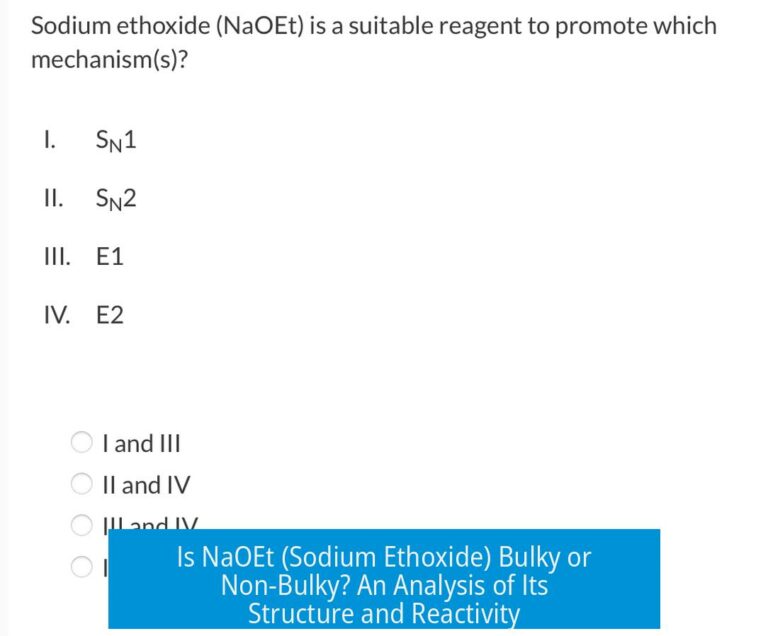New Nicotine Alternative “Metatine” – What Could This Proprietary Compound Be?
Metatine is most likely 6-methylnicotine, a nicotine analogue similar in chemical structure, pharmacology, and toxicology to (S)-nicotine but claimed to be sourced differently from tobacco-derived or synthetic nicotine. This compound promises to serve as a novel alternative nicotine alkaloid marketed with milder withdrawal effects and distinct user experience.
Chemical Identity and Characteristics
Metatine’s chemical identity aligns with 6-methylnicotine, which is a structural derivative of nicotine. It differs by the addition of a methyl group at the 6-position on the pyridine ring. The molecule retains the hallmark nicotine framework: a pyridine ring bonded to a pyrrolidine ring.
The compound exists as a racemic mixture with approximately 98% purity according to nuclear magnetic resonance (1H NMR), chiral ultra-performance liquid chromatography (UPLC UV), and gas chromatography-mass spectrometry (GC-MS) analyses.
Pharmacological and Toxicological Properties
Scientific assessments demonstrate that 6-methylnicotine shares a comparable binding affinity and potency at nicotinic acetylcholine receptors. This similarity extends to in vivo and ex vivo models. Computational QSAR (Quantitative Structure-Activity Relationship) studies confirm that its pharmacodynamic profile resembles that of standard pharmaceutical-grade (S)-nicotine.
Toxicology tests reveal that the compound exhibits similar cytotoxicity and mutagenicity in vitro compared to nicotine salt formulations. Aerosol transfer efficiency from devices is also analogous, with 6-methylnicotine achieving approximately 82.5% transfer versus 85.6% for traditional nicotine.
Source and Manufacturing Insights
Unlike synthetic or tobacco-extracted nicotine, Metatine is described as neither. Export data indicates the precursor, 6-methyl methylnicotinate, is transported in significant quantities (around 3 tons per month) between countries such as India and China, suggesting a semi-natural extraction or biosynthetic route rather than full synthetic production.
The manufacturing process, while proprietary, likely uses natural product isolation techniques from non-traditional plant sources or fermentation, enabling companies to avoid the classification of ‘synthetic nicotine’ under current regulations.
Market Availability and User Experience
Metatine has entered the commercial market, notably through brands like Spree Bar. Its product claims to reduce nicotine withdrawal symptoms and provide interaction with nicotine receptors.
- Users report a similar but milder stimulation compared to nicotine without typical dizziness or “head change” effects.
- Some anecdotal experiences mention improved lung capacity and tolerability post-switch from classic nicotine vaping or smoking.
- Reports of sore throat and other mild irritations prompt cautious consumer attitudes.
- Consumer interest initially sparked but has reportedly declined, possibly due to price and device waste concerns.
- Pricing ranges around $10-15 for starter kits, less competitive than refillable systems.
Regulatory and Legal Considerations
The novel status of Metatine creates regulatory ambiguity. The product is not classified explicitly as nicotine because of its divergent alkaloid source but uses a chemically similar substance.
Authorities show concern over undisclosed ingredients and inhalation safety. Selling inhaled products without full ingredient transparency challenges legal standards, raising questions about compliance with the U.S. FDA and other global agencies.
Some governments have begun actions restricting sales, though specific dosage limits and labeling requirements remain unclear. Patent filings relating to Metatine could become public within 18 months, revealing structural details and manufacturing processes.
Speculation, Rumors, and Misunderstandings
The product has fueled confusion and rumors among the vaping community. Some misinformation ranges from claims of methamphetamine or ketamine inclusion to mistaken identity with other nicotine derivatives or stimulants.
Analysts hypothesize that the compound is likely a racemic or meta-substituted nicotine analogue strategically developed to circumvent existing nicotine regulations while offering similar effects.
Comparisons occasionally invoke other nicotine replacement therapies such as varenicline, but chemical and clinical data do not support equivalence.
Key Takeaways
- Metatine corresponds chemically to 6-methylnicotine, a nicotine analogue with a methyl substitution on the pyridine ring.
- Pharmacological and toxicological data suggest comparable receptor affinity, potency, and safety profiles to conventional nicotine.
- It is neither tobacco-derived nor strictly synthetic, likely sourced via natural isolation or fermentation.
- Commercially available via brands like Spree Bar, it promises milder withdrawal and altered user experience.
- Regulatory uncertainty persists due to undisclosed ingredients and legal classification ambiguity.
- Consumer reports vary; some note benefits, others report side effects and dwindling interest.
- Ongoing patent reviews and regulatory scrutiny will clarify its future market status.
Conclusion
Metatine represents a strategically developed nicotine analogue—6-methylnicotine—that aims to provide nicotine-like effects while navigating regulatory gaps. Its chemical and biological profiles closely mimic nicotine. Yet, its exact sourcing, long-term safety, and regulatory acceptance remain pending. Users and regulators alike remain vigilant concerning this new entrant into the nicotine and vaping market.
What is Metatine, and how is it different from regular nicotine?
Metatine is a proprietary compound marketed as a nicotine alternative. It is reportedly neither tobacco-based nor synthetically derived nicotine, suggesting a novel alkaloid source, possibly similar to 6-methylnicotine. Its structure and effects closely resemble nicotine but might differ slightly in potency and side effects.
Is Metatine safe and legal for vaping use?
Safety data indicates Metatine has similar toxicology and pharmacology profiles to pharmaceutical-grade nicotine. However, concerns exist about undisclosed ingredients and regulatory approval. Some users reported side effects like sore throat, and the product’s legal status is under scrutiny by health agencies.
How does Metatine compare to nicotine in terms of effects?
Users report that Metatine produces fewer withdrawal symptoms and lacks typical nicotine side effects like dizziness. It binds to nicotine receptors but causes weaker cravings. Some vapers note slight improvements in lung capacity after switching, though experiences vary.
What is known about the chemical structure of Metatine?
Evidence suggests Metatine might be 6-methylnicotine, a nicotine analogue with similar chemical properties. This compound has been studied for its comparable potency, aerosol transfer efficiency, and cellular effects to (S)-nicotine, making it a likely candidate for Metatine’s identity.
Where is Metatine manufactured, and how is the supply chain traced?
Production appears linked to large shipments of 6-methyl methylnicotinate from India to China, indicating natural extraction rather than full synthetic processes. Testing and federal oversight are expected, but full supply chain transparency remains limited.





Leave a Comment